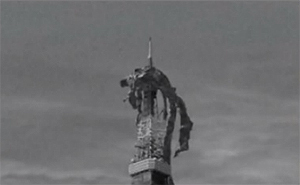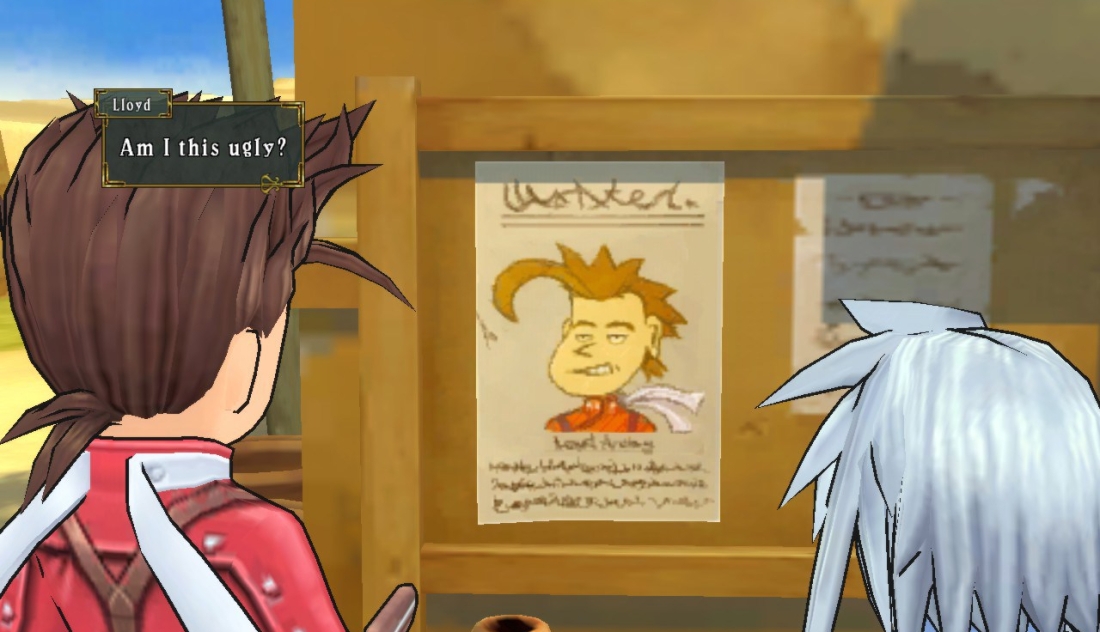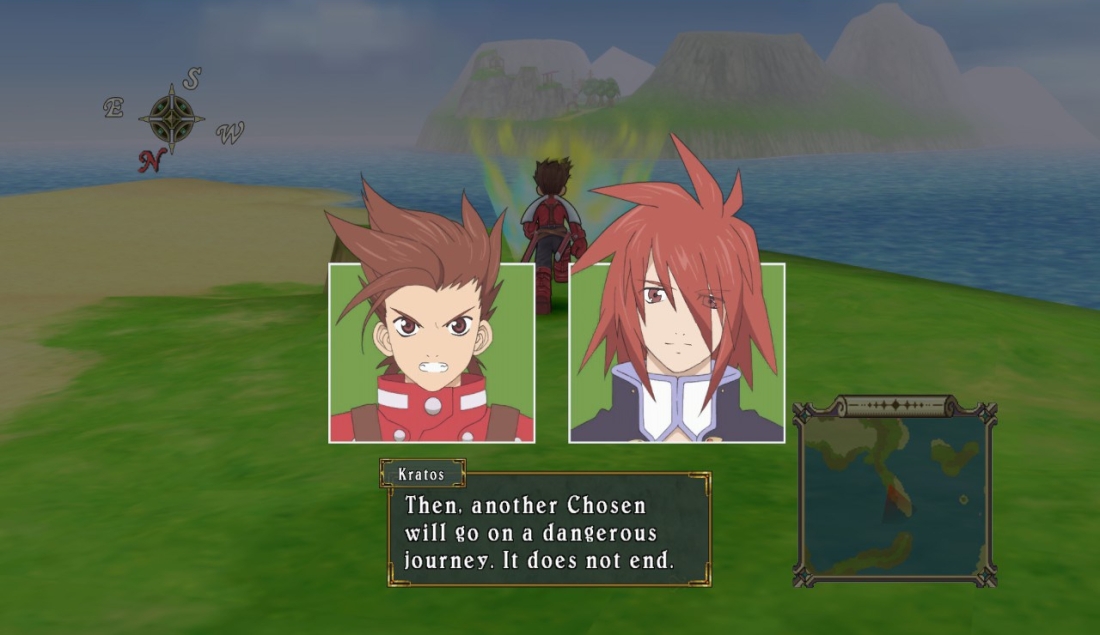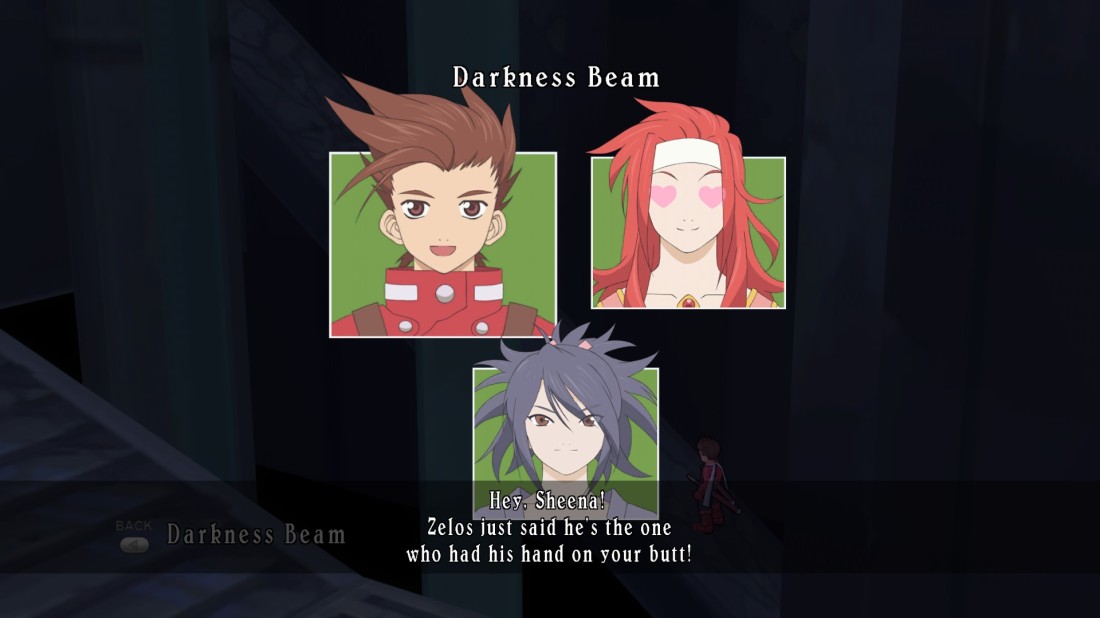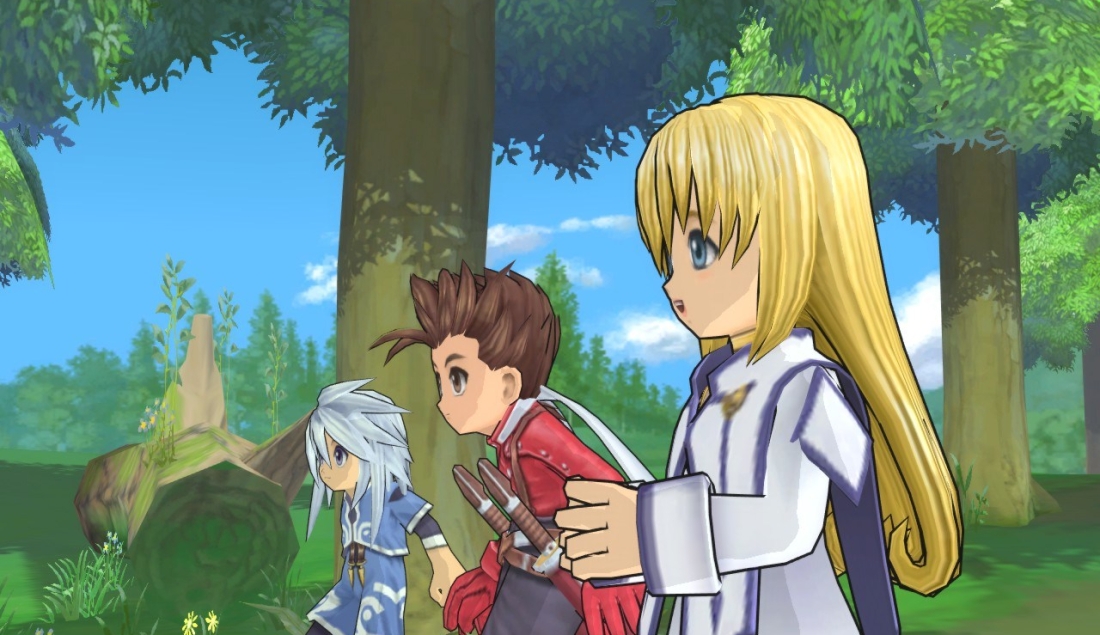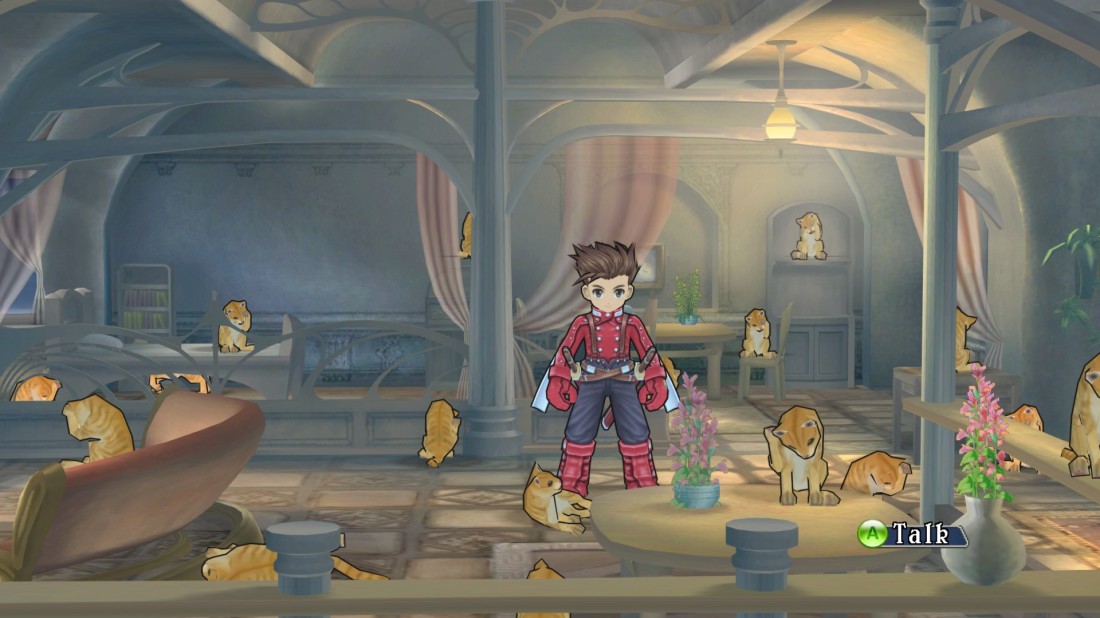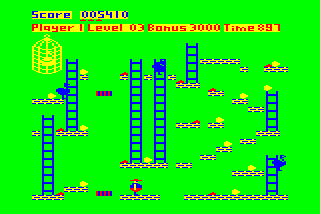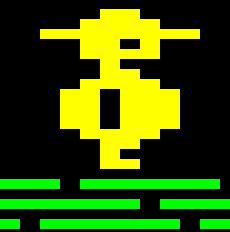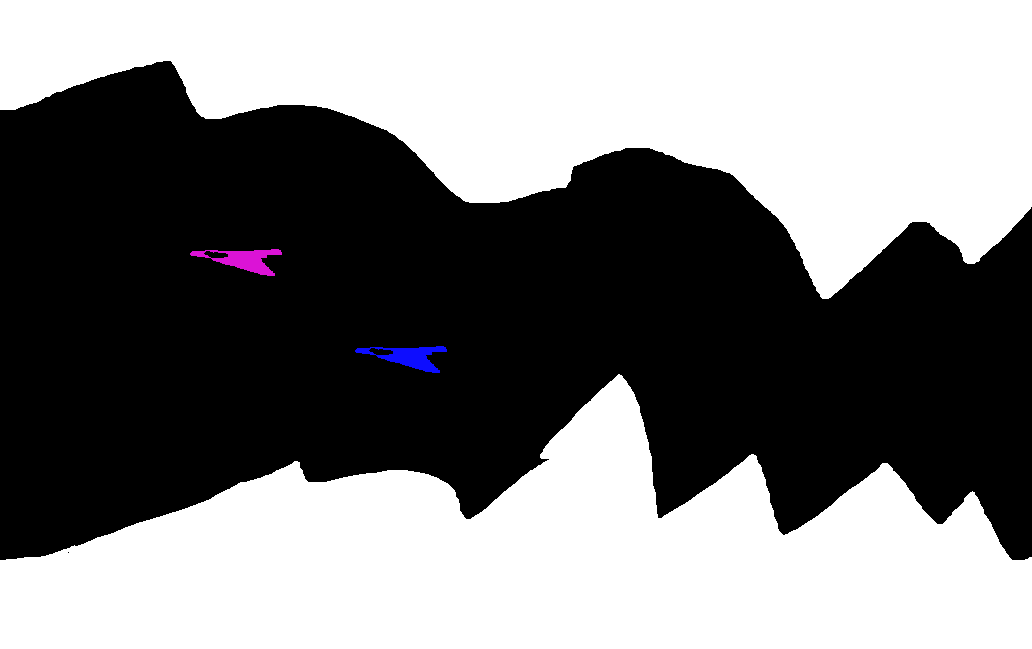Hark, and hear my story of how I fell through layer after layer of accidental discoveries and landed on a marshmallowy bed of NieR-y goodness. I suppose I should say that some of the video links are quite … gory. Oh and as always, spoilers. In this blog post I will be concentrating on exploring Drakengard, as it inevitably became how I arrived at being interested in NieR. When I eventually came to NieR itself, I quickly realised that it will need its own blog post as opposed to being briefly mentioned in this one!
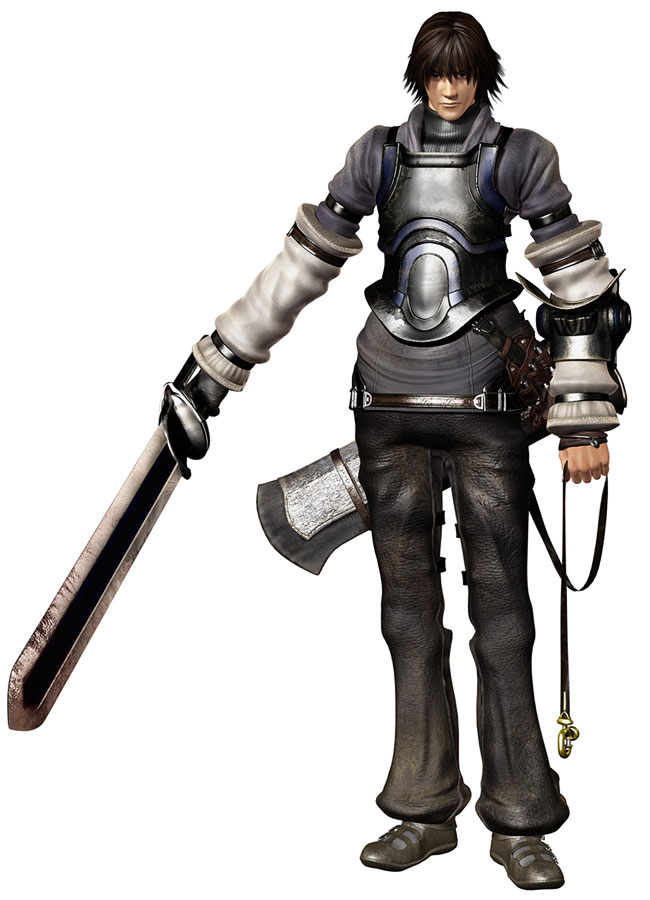
(First, hello! I had a small break from writing while I was sorting out some other stuff. But here is a thing that I have written! With my fingers no less! …Maybe a bit of brain too. Watch out for it there.)
Like a lot of people I expect, I was aware of the NieR series existing, but hadn’t played it myself. This seems to happen a lot with me! Conversing with other games fanatics about it would often lead them to informing me how amazing it was, and increasingly so since NieR: Automata was released in 2017.
So it’s a Japanese action/RPG with a lot of fans. There are a fair few other games like that, I would say. No, they protested. It’s really good.
I have this in mind when I notice Automata has been on sale at a really reasonable price recently. I still don’t buy it, though. Then a little bit of time passes and I find myself needing to put a video on in the background while I sort out some admin stuff. Okay YouTube, do your worst.
Drakengard
I end up watching a playthrough by BuffMaister on YouTube of an oddball fantasy game developed by Cavia, and released in 2003/4 called Drakengard (or Drag-On Dragoon in Japan). It caught my eye because it looked a bit like the Dynasty Warriors games (Hyrule Warriors if you prefer), but with quite an intriguingly dark story that became increasingly so the more I watched. And you can control a FLYING DRAGON!
Taking place in a vaguely Medieval setting, it was about an ex-prince, called Caim, who loved killing (great?), but also wanted to save his sister Furiae (who happens to be the mortal form of a goddess, no big deal) from being killed by the evil Empire (standard!). He gets mortally wounded, and the only way he can live is to enter into a pact with a human-hating dragon called Angelus (who is also almost dead, conveniently), so their souls can merge and they can both live. Now he’s a psychopathic murderer with a psychic link to a dragon! The downside is, in exchange for the pact, he gives up his voice. For shame.
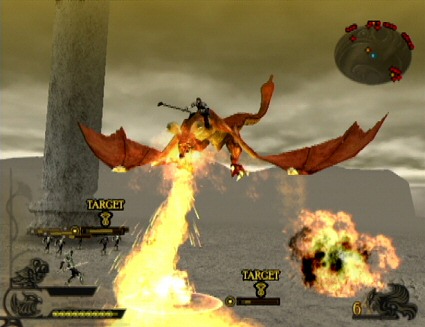
So they fly throughout the lands together failing to protect Furiae or any of the magic seals they need to protect, and collecting other weirdoes along the way who have all also entered pacts with supernatural creatures, exchanging something in return. A brief list: A baby-eating elf called Arioch (who gave up her womb), a paedophile priest called Leonard (gave up his sight), a little boy called Seere whose entire village was murdered (gives up growing older… Can I also reiterate that he is traveling with a psychopath, a child eater and a paedophile), and a tattooed monk/zombie impersonator called Verdelet, who has no pact but comes along for the ride because he wants to protect the goddess. Why not.
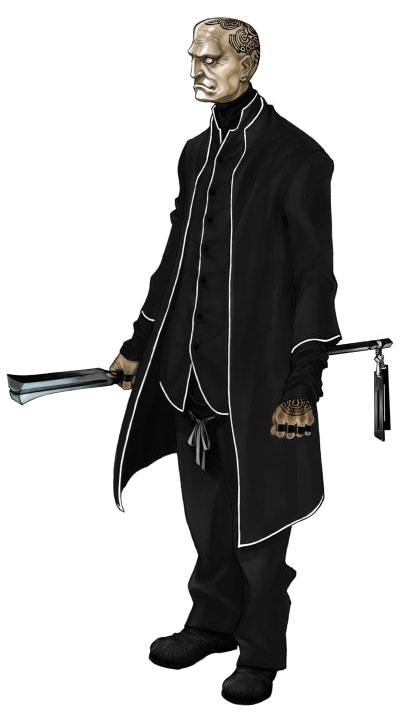
A Dark Turn…Or Four
Stuff happens, and then the player can get one of five endings labeled A-E, depending on what they do during the game and how many times they’ve played. In short, Ending A is quite unsurprising for a fantasy game; Angelus sacrifices herself to save everyone. A bit sad, but okay as far as finales go.
For those who decide to play again in the hopes of getting a better ending, Ending B is pretty alarming, as Furiae transforms into some kind of terrifying goddess monster and upon defeat is joined by countless others like her, who ultimately kill all of humanity.
Ending C sees Angelus become all-powerful; she breaks the pact she has with Caim, who gets his voice back. She then engages him in battle, and is killed. The world is overtaken by a million dragons, and Caim, being all excited about killing, runs out to meet them with his sword. That’s it. That’s the ending.
Then things get…weird. And I definitely start feeling like I’m falling down a rabbit hole.
Ending D is…well, it’s this:
I’ve been brainfucked, I think. And then for those who still can’t get enough, they can go on to get the final ending, Ending E:
Yes, the final boss is a rhythm game. Admittedly put in as a bit of a joke by the creators, Ending E is not quite as absolutely batploppy insane as Ending D in my opinion, but I’m unsure if that’s because I’ve already been desensitised to the weird by this point.
Want to know something else? As it turns out, Ending E is canon for the story of NieR. A little loosely, as I have since discovered, but the events that transpire where the giant monster falls between dimensions to end up in Tokyo, is destroyed and crumbles to dust, are what kick off the events at the beginning of NieR: Repicant/Gestalt.
Oh come on, I thought. I choose to watch some obscure game, which just so happened to REALLY CONVOLUTEDLY link to NieR? There must be some algorithms going on somewhere here.
And then, of course, I had to continue on to see what all this NieR business is all about. But I think I’ll save that for another post! I’ll just say that I am glad I…experienced…Drakengard first. Ever since I watched the playthrough above, my thoughts keep returning to different aspects of it, especially the controversial ones, and more and more I’m seeing it as a piece of art. It makes me think vaguely of the work of Goya and also a little of Dante’s Inferno. Hence the “art game” tag on this post! More than that though, it’s just so absolutely weird and worth witnessing.
The image of Angelus impaled on top of Tokyo Tower will haunt me for the rest of my days.
